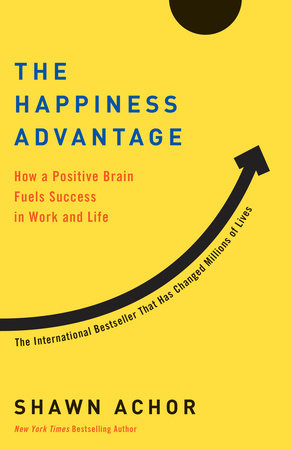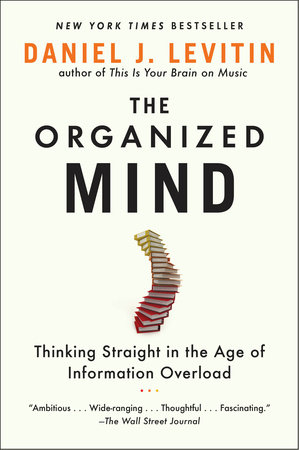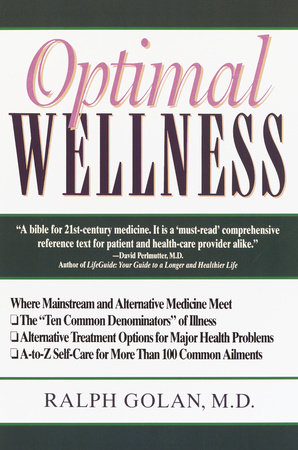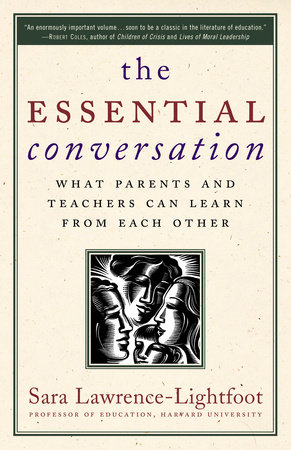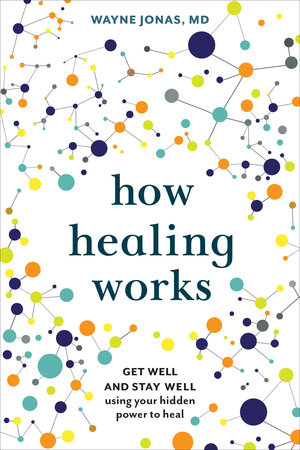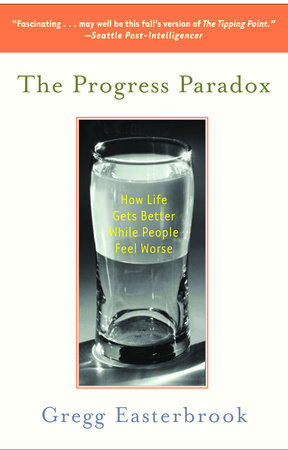with The Happiness Advantage author Shawn Achor
A Conference Board survey released in early 2010 found the lowest job satisfaction in 22 years. The workday has been lengthening, technology has increased the pace of work, and companies are leaner than ever, all of which is surely putting additional stress on their employees. Will this change?
Changes in the global economic landscape make highly engaged, happy employees the single greatest competitive advantage in the modern workplace. Companies that neglect employee well-being will fall well behind their competitors. Research shows happy brains significantly outperform negative or anxious ones, and the training costs due to turnover and the health care costs of sick, unhappy employees is astronomical and the greatest drag on struggling companies.
Thus I am starting to see a change. Top companies are realizing more hours, greater stress and ignoring happiness is a recipe for failure.
How can someone be happy given all the stress at work and the problems in the world?
The key to what causes happiness is not our external world. I work with Harvard students and CEO’s of huge companies. You would think based on their opportunities and resources they would be happy, but many are not. And I have worked with impoverished children in Africa, and you would think they would be unhappy, but many are not.
As a researcher, if I know all the externals of an individual, I can only predict 10% of their long term happiness. 90% of our happiness is not based on the external world but the lens through which you view it. You can create happiness by changing your lens, and in doing so, you give your brains an increased ability to deal with the stresses and challenges of our lives. Negativity cripples our brains ability to deal with problems.
But can we really be positive during stressful times?
Happiness is a work ethic. Studies show that during times of stress and uncertainty, merely making the effort to cultivate positive habits is one of the strongest buffers against depression, low energy, and low productivity. By crafting a positive daily routine based on the seven strategies in The Happiness Advantage, you become more likely to bounce back from setbacks, maintain a high level of performance, and continue to find meaning and enjoyment in your job. The strategies are specific ways to increase happiness at work during challenge and stress.
But how much can we actually change? Isn’t happiness just genetic? Aren’t some people just born negative?
The greatest lie of modern society is that we cannot change. When we first started this research, we thought most of happiness was genetic. One researcher even said to stop trying to change your happiness, because you’re as likely to change your height.
But we now know how wrong that is. The reason we got it wrong is because we get caught up in the Cult of the Average, something I describe in my book. That is, most people focus on the average person, not those who lie above the curve. What this means is that we automatically are setting the bar too low.
Our genes only determine the starting point—to be above average, we have to work for it. This is true both for success and for happiness.
While we all start with a different baseline, or starting point, based on our genes, our conscious actions in life can make huge changes to our happiness and optimism levels. In fact the seven strategies of the Happiness Advantage are all found to raise a person’s happiness significantly from wherever they are starting. Thus happiness is both a choice and a work ethic.
Does it take a long time to change?
No. We don’t need to go meditate for 10 years on a mountaintop to change our optimism levels. It turns out we have discovered seven strategies, or patterns, which train the brain to become happier and more productive in a very short span of time.
For example, most people think they are grateful, but we spend most of our working day scanning the world—not for good things—for stresses, hassles and complaints. Research shows if you write down three things you are grateful for when you get to work for just 21 days in a row, your literally rewire your brain to become more optimistic. Even 6 months later, you are happier, take fewer sick days, get better evaluations.
Last year, I gave a group of managers at KPMG a three-hour training based on the research of the Happiness Advantage, then tracked them overtime. Four months later, they had significantly higher life satisfaction than the control group who went about their work without hearing this research. And that was just from 3 hours of learning about why happiness is actually important to work. In my book, The Happiness Advantage, I describe in detail all seven of those strategies we discovered.
What are three ways from the book someone could start reaping the Happiness Advantage?
• Social Investment: If you are stressed, raise, not lower, investment in your social support network. Write a two sentence email praising a coworker, family member or friend. This decreases stress and raises productivity 31%.
• The Tetris Effect: Our brains get stuck in patterns. If you spend your day scanning for the negative, you get stuck. Get stuck at positive. Train your brain by writing down 3 things you are grateful for 21 days. This raises sales and ups optimism even 6 months later.
• 20 Second Rule: To catalyze a reaction, there must be an investment of energy. Thus it takes more work to start a task than to do it. Find a habit that would make you happier, then make it 20 seconds easier to start. Put a pen on the forms you are procrastinating on. Put athletic shoes next to your briefcase. Your brain will do the rest.
Happiness means different things to different people. How do YOU define it?
I’ve been asked to speak to or work with people in 40 countries, and in every country, I find a different version, but the human brain works the same no matter where you are. Happiness is not the momentary pleasure of a chocolate bar. The happiness I research has to be long term and authentic, and must affect the way we live in the world.
Thus I define happiness as the joy our brains feel when striving after our potential—as a human, parent, salesperson, lover, leader, musician, athlete, etc. This happiness can be observed in the patterns of our life, our neurochemicals, brain scans, our social relations, etc.
Why is it more important than ever for companies to create a “fun” work environment?
Of all the measures I study, social support is the greatest predictor of success during a time of challenge—more than IQ, number of years of experience, resources, and education. Intelligent people often do the most unintelligent thing possible: they turn inward, away from their social support network during stress. The most successful companies invest in their own productivity and long-term performance by investing in the greatest predictor of success.
Working with companies worldwide, many are losing their top talent because those individuals don’t enjoy and find meaning in their work. The lesson learned is that if you want to keep top talent, you must invest in the positive mindset of your employees.
Some people think you can’t be happy and working at the same time, and that happy people are less intelligent at work. Is this true?
Some think that greeting obstacles with a high level of optimism is unintelligent and Pollyannaish. But it turns out that it’s one of the most successful ways to get ahead in the business world.
When insurance giant MetLife started evaluating how their employees dealt with setbacks, they discovered something extraordinary. Testing revealed that the agents with more optimistic ways of explaining hardships sold 37% more insurance than the pessimistic ones. The most optimistic agents actually sold fully 88% more than the most pessimistic ones. Furthermore, agents who were more optimistic were half as likely to quit as were the pessimists. Aware it had struck gold, MetLife changed their hiring practices so they focused on optimism. Within only a few years, MetLife’s turnover rate had plummeted while its market share had increased by almost 50%.
Happiness actually raises every business outcome, as well as improving intelligence, creativity, accuracy and energy.
What are some ways companies try to create the Happiness Advantage?
Stress is never going to disappear, so you need an outlet of positive connections at work to prevent burnout and poor decision-making. The companies that survive challenges are those that intentionally build resilience. At companies I’ve worked with, some of the most effective techniques I have encouraged include:
• Beginning meetings with the positives, rather than the problems.
• Writing one 2 sentence email once a day when you open your inbox praising someone on your team.
• Making a nominal investment in healthy snacks for people to congregate over
• Putting a ping pong table or a piano for people to play with on breaks.
• Having employees learn two new pieces of information about each team member once a day for two weeks
• Encouraging a brief walk outdoors once a day.
• Doing one random act of kindness once a day for two weeks.
